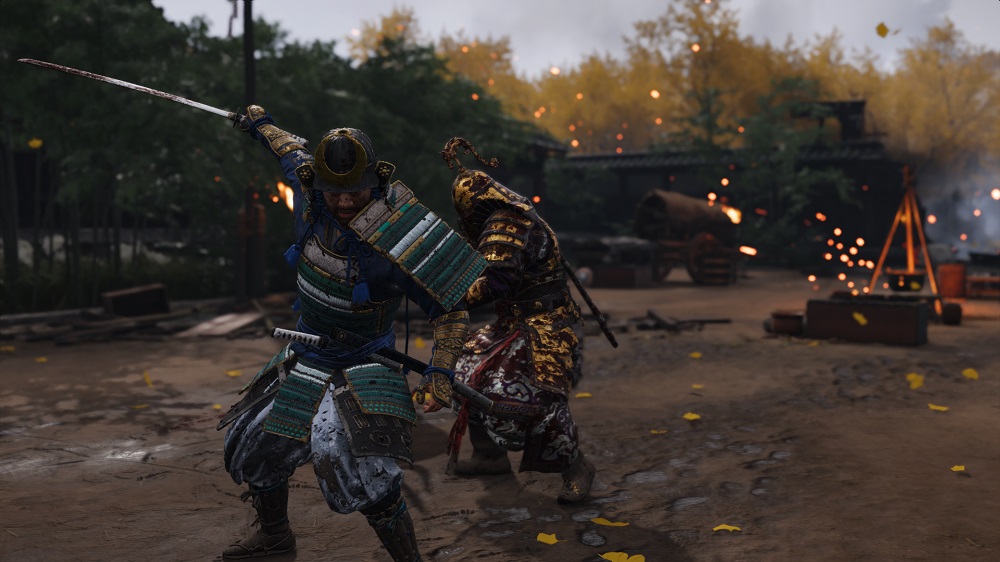Ghost of Tsushima has been out on the market for less than a month, and you’ll probably know and heard that it’s a very, very good game; It tells a story in a lush and gorgeous-looking world. The gameplay is also great, even if it doesn’t necessarily do anything original. But as mentioned in my review, it does take some creative license in order to make the game more relatable and recognisable to the public.
It doesn’t make it a bad game, since the game is just based on a historical event. But for those who would like to know what exactly is anachronistic about the game, here are some of the more prominent points that you should know about.
Tachi vs Katana
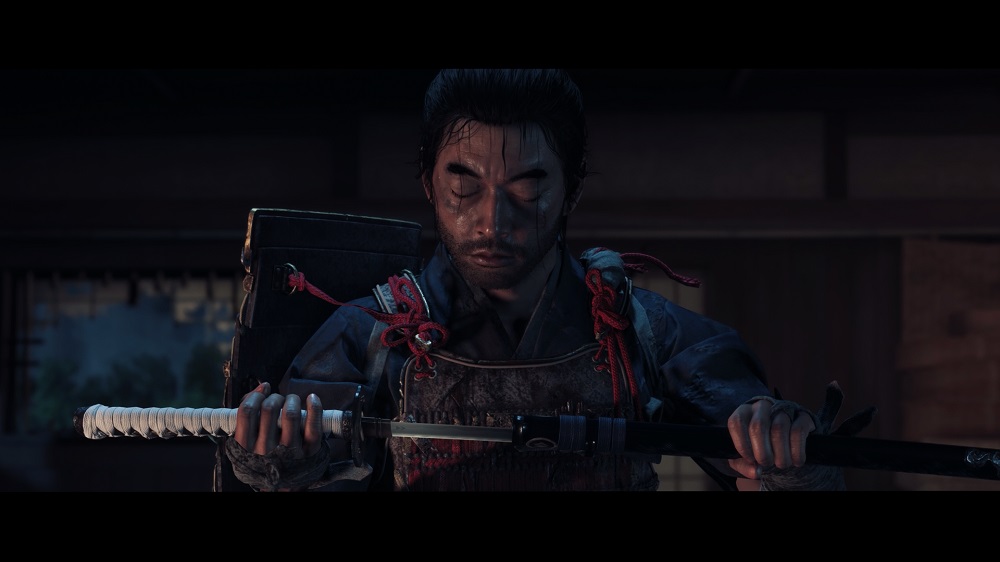
If you’ve played Ghost of Tsushima with the English voice lines, you’ll likely never hear these two words. But with the Japanese dub, you’ll clearly hear everyone refer to a sword as a tachi, rather than a katana. This would be period accurate, except the sword itself is actually a katana.
What’s the difference, you ask? It would be hard to tell just by looking, as there are often overlaps between the two. Generally, the tachi usually has a more pronounced curve, and a longer blade. But most importantly, one visible difference is that the katana is worn with the blade’s edge side up, and is worn by sliding it between the sash. A tachi, on the other hand, is often worn with the cutting side down with two hangers.
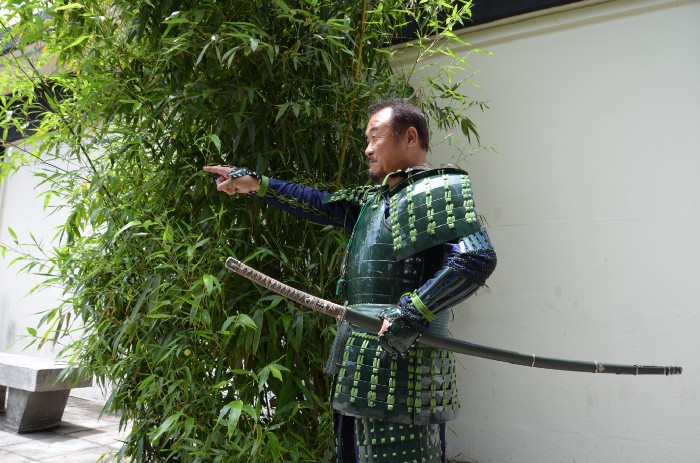
A tachi would be something that fits the time period of Ghost of Tsushima; the events of the game take place during the Mongol invasion, the first of which was in 1274. The katana as we know it would only make its debut much later, as Japanese blacksmiths only got to making them about a hundred years after the events of the Mongol invasion.
Agura vs Seiza
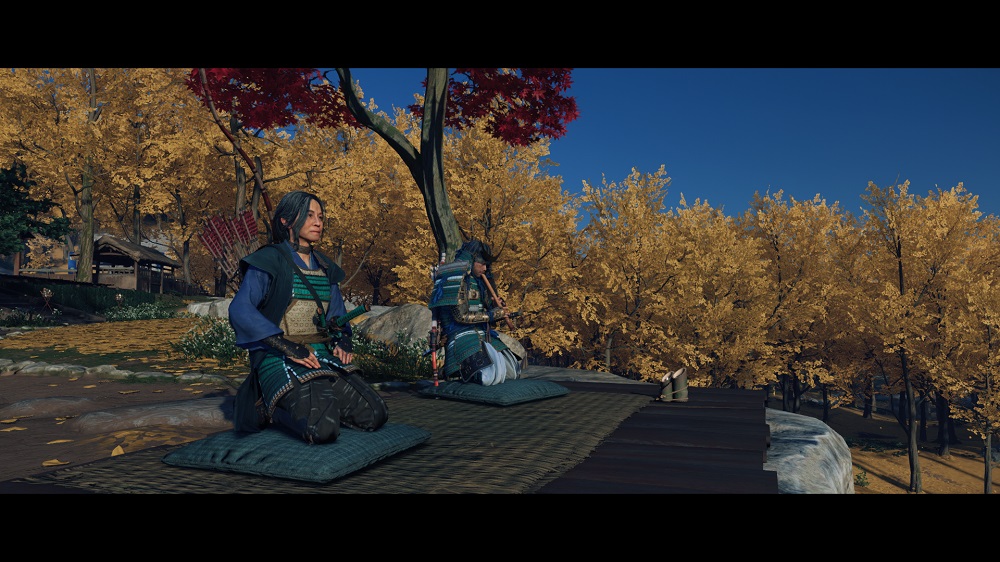
Then you have the way the people in Ghost of Tsushima sit. Most frequent, and most likely anachronistic, is the seiza where one sits on their heels with their knees pointing forward. This even comes complete with its ritualistic kneeling of the left leg first before adopting the sitting position.
In reality, though, this sitting ritual began in the Edo period, after all of Japan’s warring states have been unified. Prior to that, people sit in just about any way they wanted. This kneeling position was known then as kiza. The other most common way of sitting is just cross-legged on the floor, or agura, which we see once in a while in the game.
Waka vs Haiku
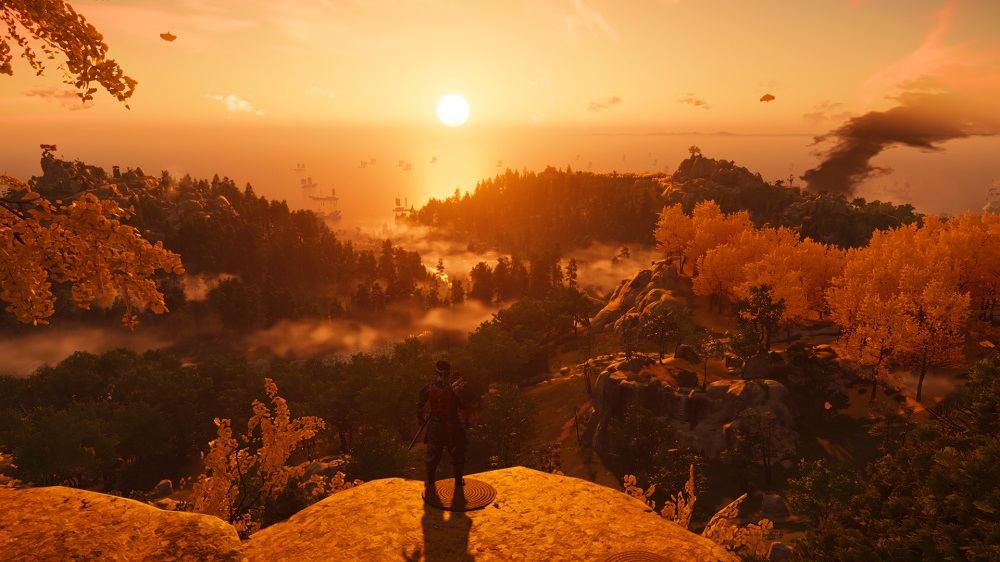
Of course, every lover of Japanese culture knows of the haiku, one format of Japanese poetry. Sucker Punch likely used this for its English lines to make the element more recognisable to the average Joe. But when you play Ghost of Tsushima with Japanese voices, the poetry is referred to as waka, which directly translates to poem.
And it is clearly not a haiku, as it doesn’t follow the 5-7-5 syllable format either. In fact, the format here is 5-12-14. The closest equivalent to this is the tanka, which has a 5-7-5-7-7 format. The word tanka itself means short poem, and would in time fall out of use, with its format of poetry getting referred to simply as waka.
Samurai vs Ninja
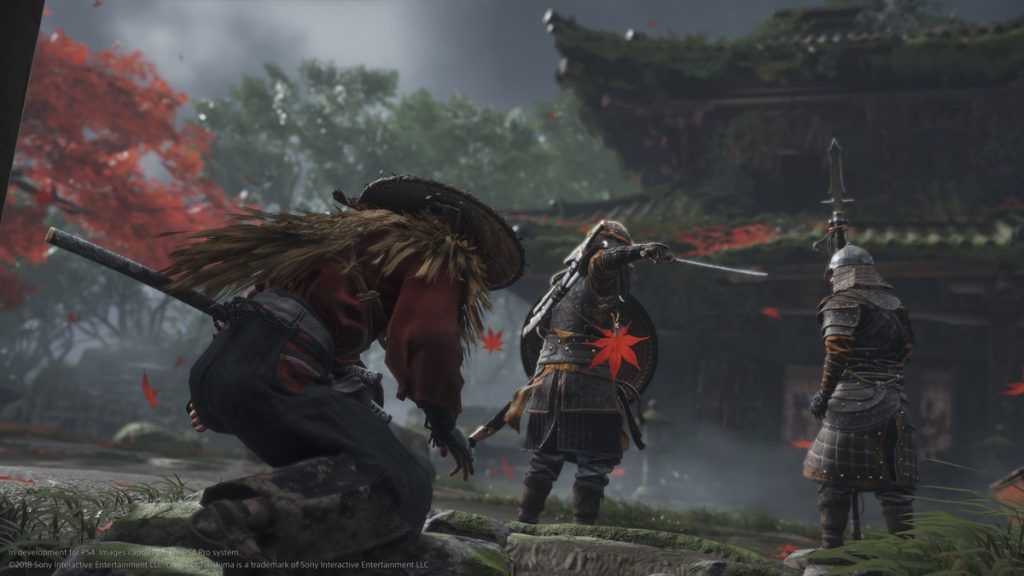
Now, the term samurai is used in Ghost of Tsushima a lot, even if the more period-accurate term is mononofu, which means more or less the same thing. The term ninja, on the other hand, is never used, since the period-accurate term is shinobi.
That being said, these are not mutually exclusive entities. Especially in times of war, samurai are expected to be able to be stealthy and engage in the occasional act of asymmetrical warfare when the need arises. The samurai at the time would be practitioners of koryu bujutsu, or old military techniques. These will inevitably involve some elements of stealth.
Code of honour
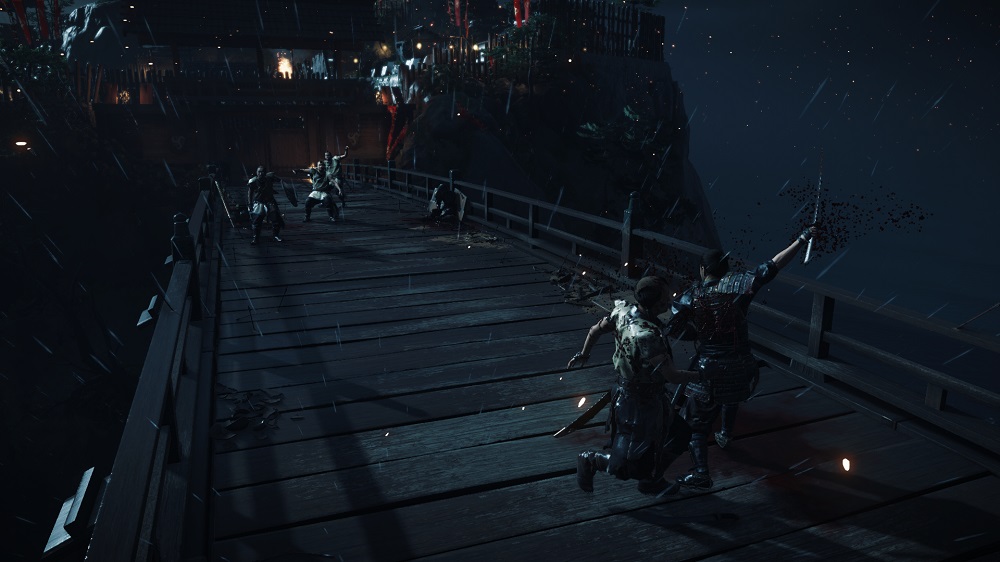
Somewhat related to the point above is the idealised idea of bushido. The game plays with this trope, so much so that it’s the central plot of the game. The idea that the samurai lead by example, and thus never resort to dirty tricks like striking from the back. As per the previous point, if needed, the samurai – as soldiers to their lord – may find it necessary to engage in a bit of backstabbing (read: stealthy assassination).
Mild spoilers, but during the end of the second act, Jin will be told by Lord Shimura that the samurai do not use fear to win battles. This is a contradiction to the very beginning of the game, when Lord Shimura sends Adachi Harunobu, head of the Adachi clan, to break the spirits of the Mongols in a one-on-one duel with their best fighter. The idea here is simple: show the enemy we are better fighters and break their morale. In other words, intimidate them using fear.
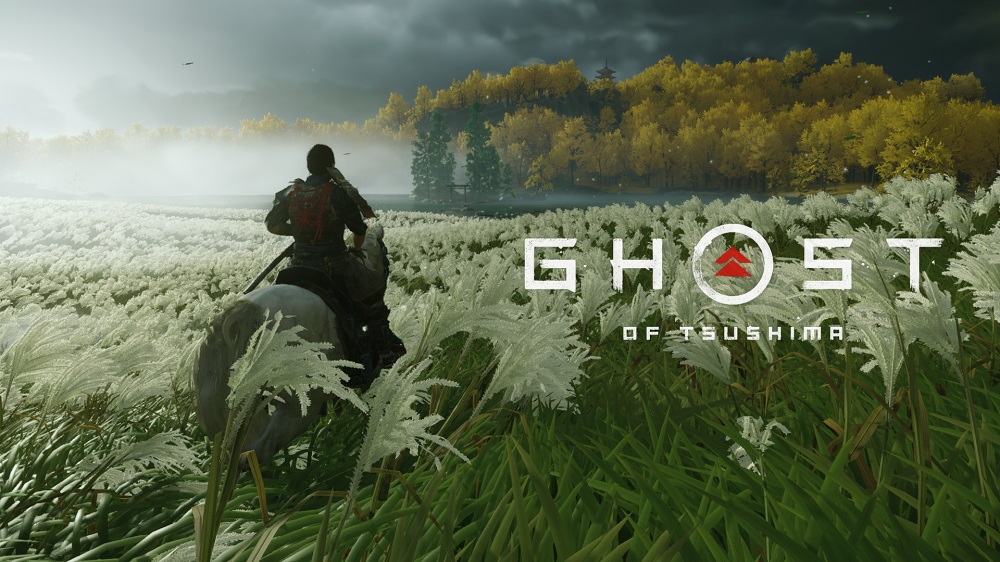
These are just a few of the things where Ghost of Tsushima deviates from historical accuracy. There are other minor ones as well, such as sake brewery using wooden tubs rather than urns.
Which is fine, because as mentioned multiple times now, a good game deserves some creative license. This is not an attack on the game, but more of a trivia for those who are interested in the history behind the game’s setting.
(Image: Medium)
Follow us on Instagram, Facebook, Twitter or Telegram for more updates and breaking news.


